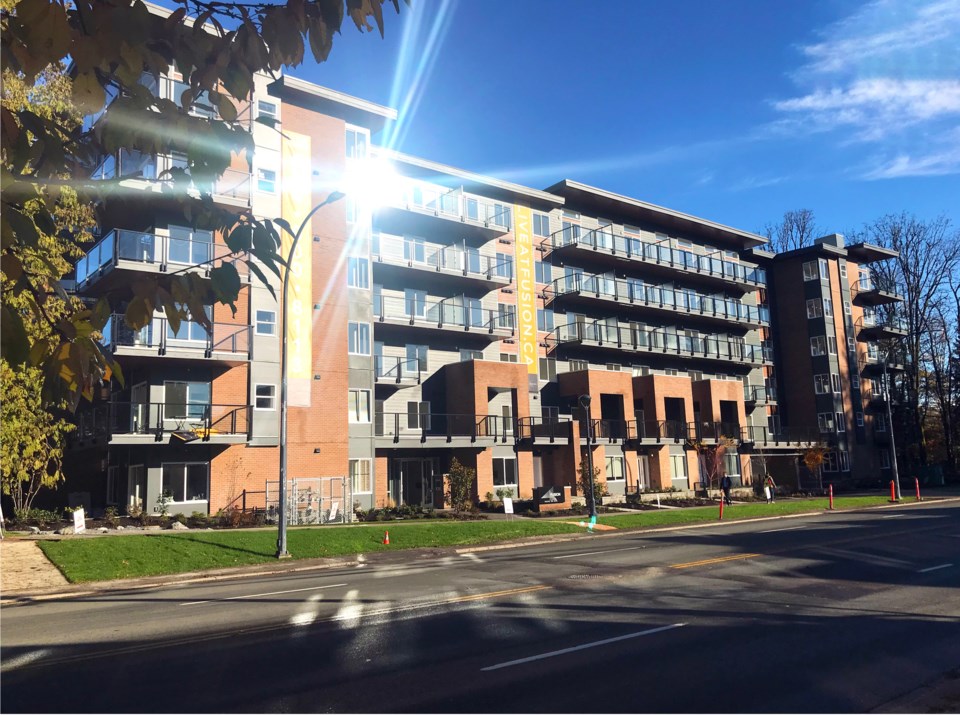Editor's note: This column was authored just weeks before the COVID-19 pandemic, but its message holds true as the pandemic curve flattens.
Despite polarizing policies such as the foreign-home buyers tax increase, higher property taxes and caps on rental increases, the Metro Vancouver and Greater Victoria multi-family rental markets are performing surprisingly well.
The two markets finished 2019 at $1.2 billion in total sales, with most of the action in the second half of the year.
With positive net migration estimated at 45,000 annually, a rapidly growing tech workforce, apartment vacancy rates in the 1 per cent range and consistently higher home prices, rental apartment buildings will remain one of the safest and strongest- performing commercial real asset classes in 2020 in both Vancouver and Victoria.
Capitalization rates: With a lack of land and growing competition, capitalization rates for quality multi-family assets will remain in the 2.5 per cent and 3 per cent range. For larger assets with high-equity requirements or assets that require substantial capital upgrades, cap rates may experience a slight uptick. Cap rates will be lowest within the urban core.
New purpose-built rental apartment buildings: With supportive government initiatives, attractive financing, accretive returns and a weakened condo market, private developers are increasingly shifting towards purpose-built rentals. Approximately 7,000 units were built between 2017 and 2019, with another 6,800 units in the planning process across Metro Vancouver. A number of these new rental properties have sold. Eight new purpose-built rental buildings totalling 1,015 units transacted between August 2019 and January 2020 in Vancouver, Langley, Surrey and New Westminster. In Greater Victoria 13 new purpose-built rental buildings sold totalling 837 units in Victoria, Langford and View Royal.
Institutional vs. private capital: Private capital investors have traditionally dominated sales of multi-family assets. However, due to the scale and quality of new purpose-built rental buildings, institutional capital is filtering into this sector. Real estate investment trusts, pension funds and major private equity funds now form the majority of buying groups for large-scale new rental buildings.
Private capital and local buyers remain competitive in the market for older apartments that are underperforming in rental income, buildings with a re-development component, buildings primed for repositioning, and smaller newly constructed buildings (60 units or fewer), all sectors that are less popular with large institutional investors.
Opportunities: As of February 2020, investors can take advantage of extremely low and appealing interest rates, with 10-year Canada Mortgage and Housing Corp. (CMHC) financing achievable in the range of 2.35 per cent to 2.5 per cent. It is prudent to finance new acquisitions or refinance assets with long-term, low-cost CMHC debt.
For private capital investors, I advise seeking multi-family opportunities with some or all of these attributes: properly maintained buildings; buildings in core areas with amenities, including nearby existing or planned rapid transit; properties with rental income upside opportunities; and property with existing or future re-development opportunities.
Remember, smaller new rental buildings where market rents can support a larger mortgage principal may have an equity component equivalent to investing in an older, underperforming asset.
Lance Coulson is executive vice-president of the CBRE National Apartment Group – BC. Visit nationalapartmentgroupbc.ca



